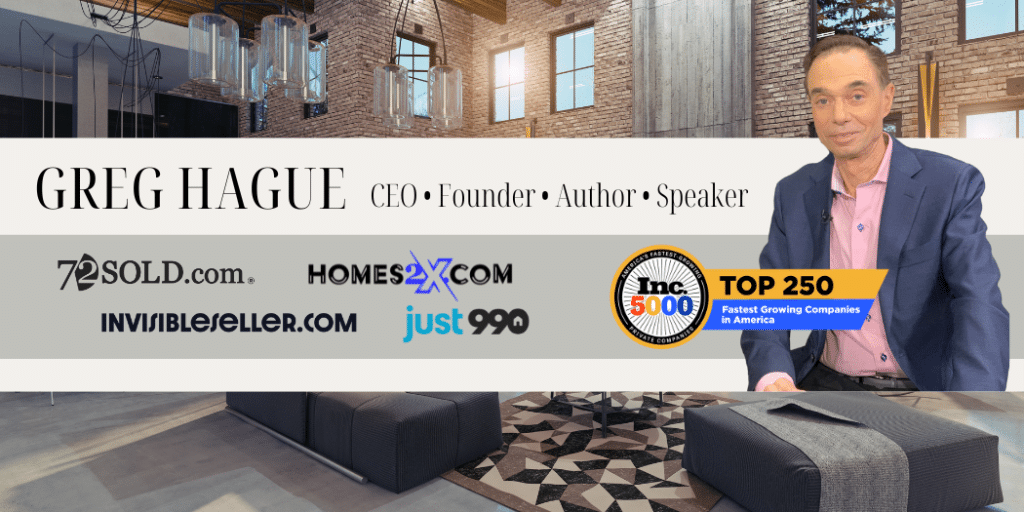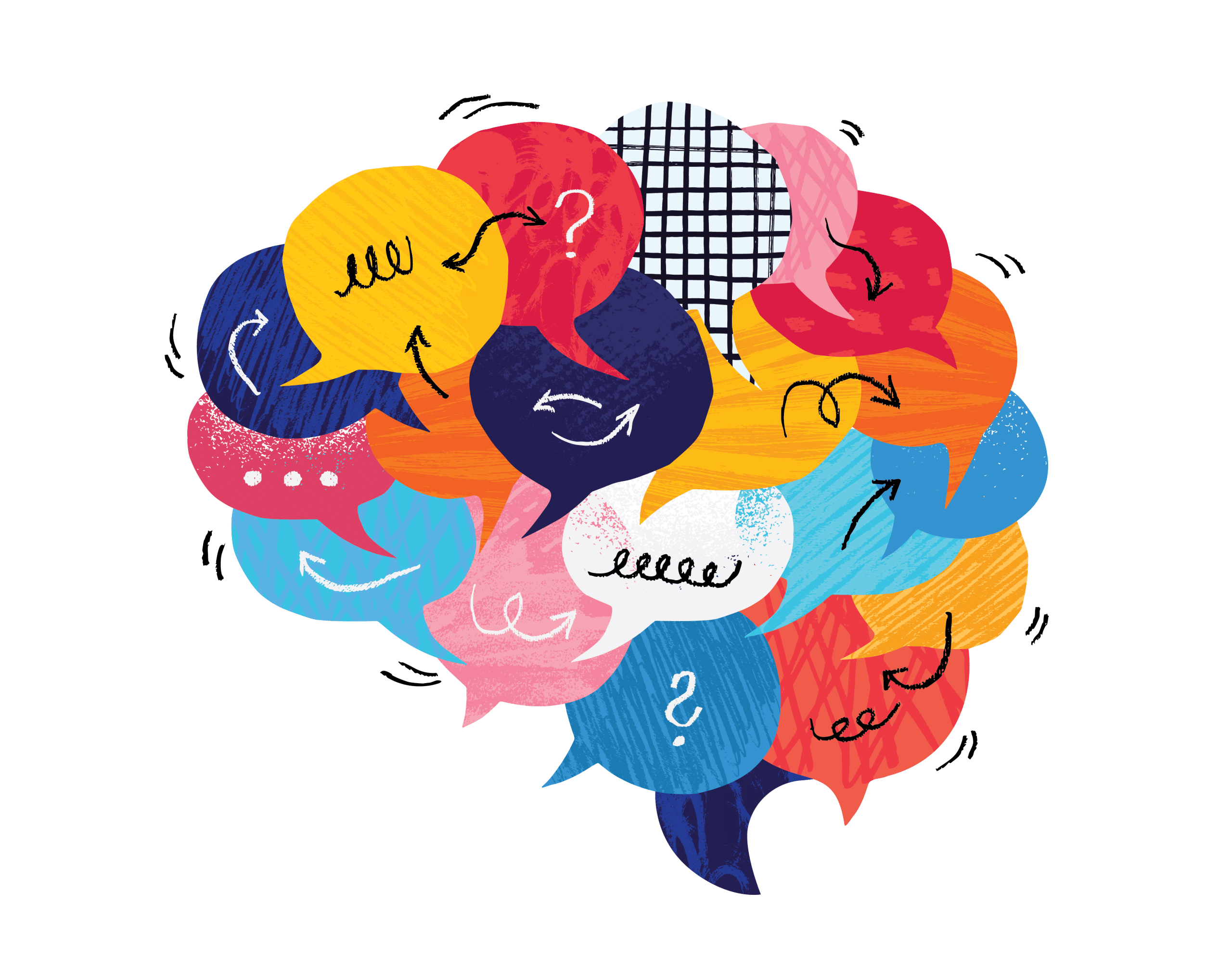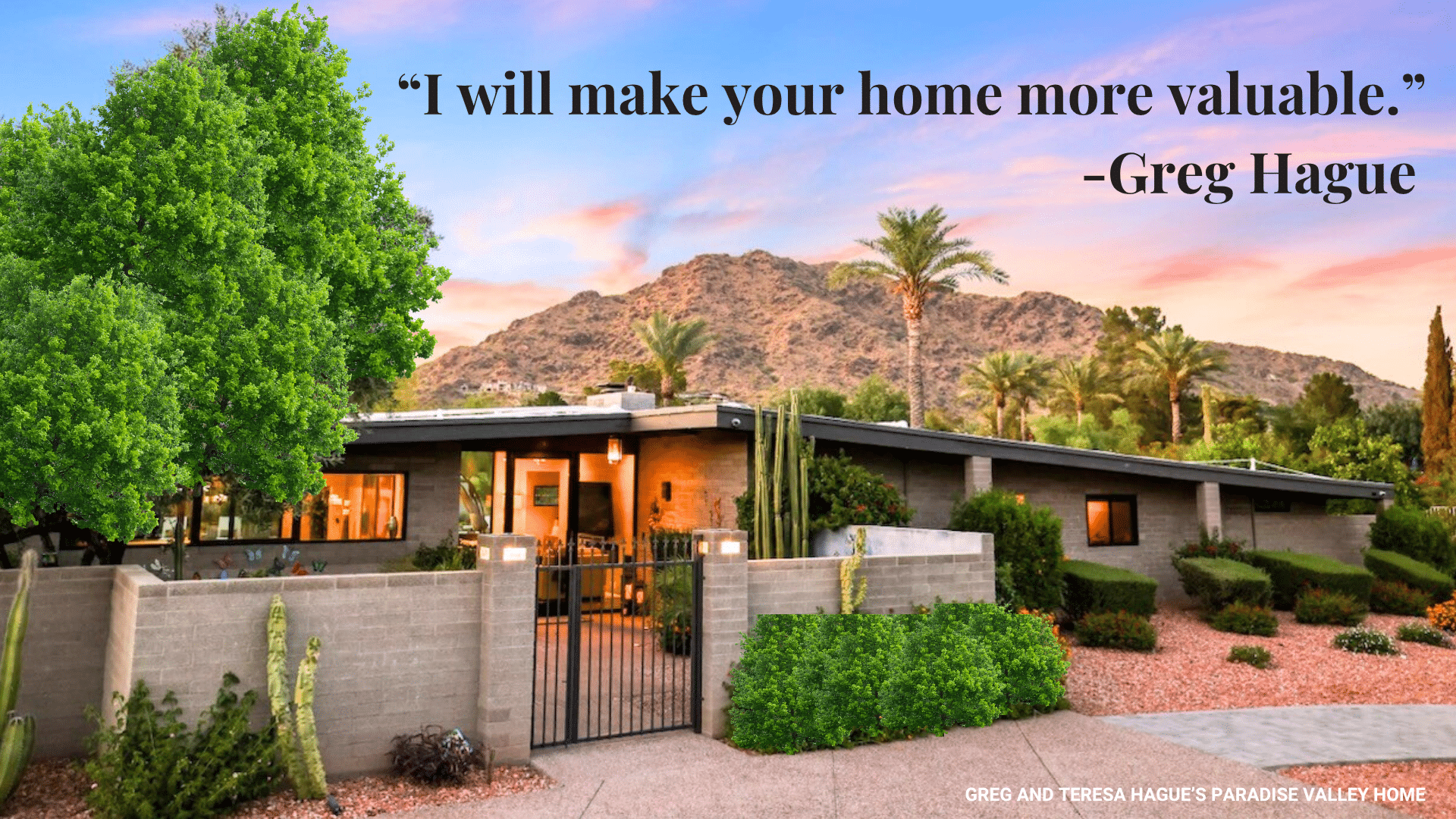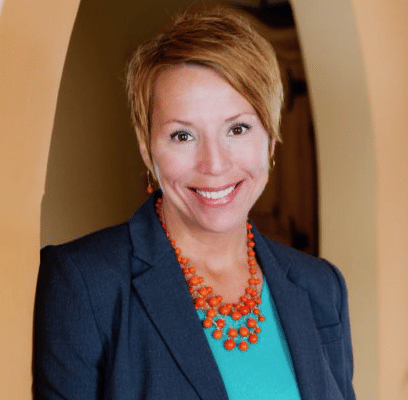It started with a watch…
A few years ago, my friend Klee walked into a high-end boutique in Las Vegas “just to browse.” He wasn’t in the market for a watch. He certainly wasn’t planning to spend five figures on one.
But then it happened.
A sharply dressed salesperson walked over and asked, “Have you ever seen the Titanium Shadow?”
Klee hadn’t.
“It’s one of only eight made this year,” the man said. “We only have one left, and there’s a gentleman flying in from New York to see it tomorrow.” Then he opened the case and gently placed the watch in Klee’s hand. “Just try it on. See how it feels.”
That was it.
Ten minutes later, Klee was signing a credit card slip for $12,800, grinning like he’d just gotten away with something.
What happened?
He got anchored on exclusivity. He felt scarcity. He feared loss.
He envisioned ownership the moment it touched his wrist.
Did he regret the purchase? Not for a second. Because it felt like a win.
And that, my friends, is the power of psychology in sales.
Klee’s story may seem extravagant, but it reveals a pattern that plays out in sales every day, in every industry.
Why does one person pay $850,000 for a home while someone else walks away at $799,000? Why do some products fly off the shelf while others, just as good, sit untouched?
It’s about catering to how people think, feel, and make decisions. And the fascinating part? These principles don’t just apply to selling homes, which is my focus. They apply to anything you want to sell—from cars to consulting to cupcakes.
Here are seven timeless psychological principles to ethically encourage people to pay more… and have them feel great about it.
The Anchoring Effect: Set the First Domino
We humans are funny creatures. Once we hear a number, any number, it sticks in our brain. That’s called anchoring.
When I used to present my services as a listing agent, I didn’t start by talking about what I charged. I’d first explain how much extra money I made for my sellers. That became the anchor. When I finally shared my commission, it felt small in comparison to the gain.
Selling tip: Introduce a higher comparative value first. If you’re selling coaching at $3,000, talk about the $10,000 problem it solves. Establish an anchor.
Scarcity: Make It Feel Rare
When people believe something is limited or exclusive, it feels more valuable.
That’s why luxury brands restrict supply. That’s why I limited showing dates on my listings. When buyers felt there were only two chances to see the property, showings increased and offers came in higher.
Selling tip: Even if you have plenty of quantity, find a reason to limit availability with time, allocation, or access. “Only five available.” “Limited-time offer.” “Available this weekend only.”
Social Proof: Show the Crowd
Ever notice how a restaurant with a line out the door always looks more appealing? That’s social proof. People follow the crowd, especially when they’re unsure what to do.
In real estate, I’d talk up the other interest in the home when buyers or their agent called, then schedule overlapping showings on purpose. I wanted buyers to see other interested buyers.
Selling tip: Use testimonials, reviews, verbal descriptions of interest, and best of all, visible activity to show that others love what you offer.
Loss Aversion: Fear of Missing Out
Here’s a wild truth: People will work harder to avoid losing $100 than to gain $100. It’s called loss aversion, and it’s powerful.
Instead of focusing on what buyers might get, emphasize what they might lose. In real estate, that meant reminding buyers that if they waited, they could lose out because I had more showings scheduled.
Selling tip: Frame your offer in terms of what people risk losing if they delay. “Price goes up next week.” “Inventory is running out.” “The opportunity may be gone tomorrow.”
Framing: It’s Not What You Say, It’s How You Say It
A glass that’s half full feels different than one that’s half empty. Same glass. Different frame.
In my own business, I didn’t just sell real estate services. I sold a specific marketing, pricing, and negotiation strategy. That’s what I now teach thousands of agents across the country.
For example, I changed the term “asking price” to “starting price” to create the perception that it was a minimum where offers should begin—not a price my sellers hoped for.
I also developed a way to talk with buyer agents that encouraged them to disclose how much higher their buyer was willing to go beyond their initial offer. That let me help my sellers avoid leaving money on the table.
Selling tip: Think about what you do—then how you could reframe how you describe it to achieve the results you want.
The Endowment Effect: Let Them “Own It” First
People value things more when they feel personal ownership before they buy. That’s why test drives work. You want buyers to imagine themselves having your product or service.
Selling tip: Use “imagine if…” language. Let prospects picture themselves using your product or benefiting from your service before asking for the order.
Commitment & Consistency: Start Small to Win Big
Once people commit to something small, they’re more likely to say yes to something bigger to stay consistent.
That’s why free samples, short trials, and opt-in gifts are so effective. Once someone takes a small step, they’re more likely to move forward with a big step.
Some even call this the “drug dealer effect.” You give a small, irresistible sample, and once they’re hooked, they’ll pay more to have more.
Selling tip: Get a micro-yes before the big ask. A free video. A short call. A downloadable guide. When they’re in motion, they’re more likely to keep going.
Whether you’re selling homes, handbags, or hot tubs, these principles will enhance value perception so people pay more… and thank you for the privilege.












